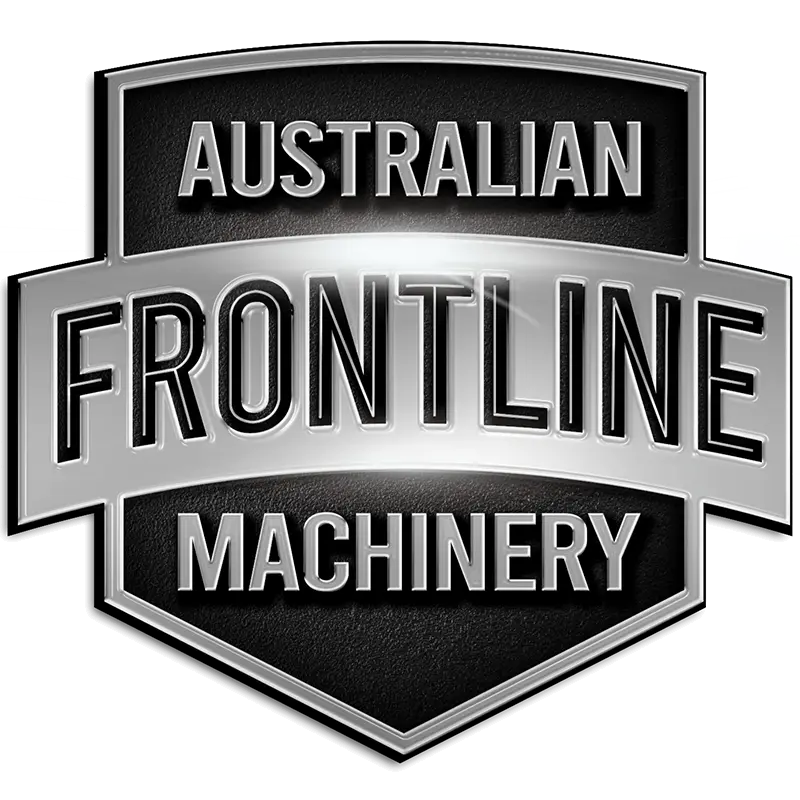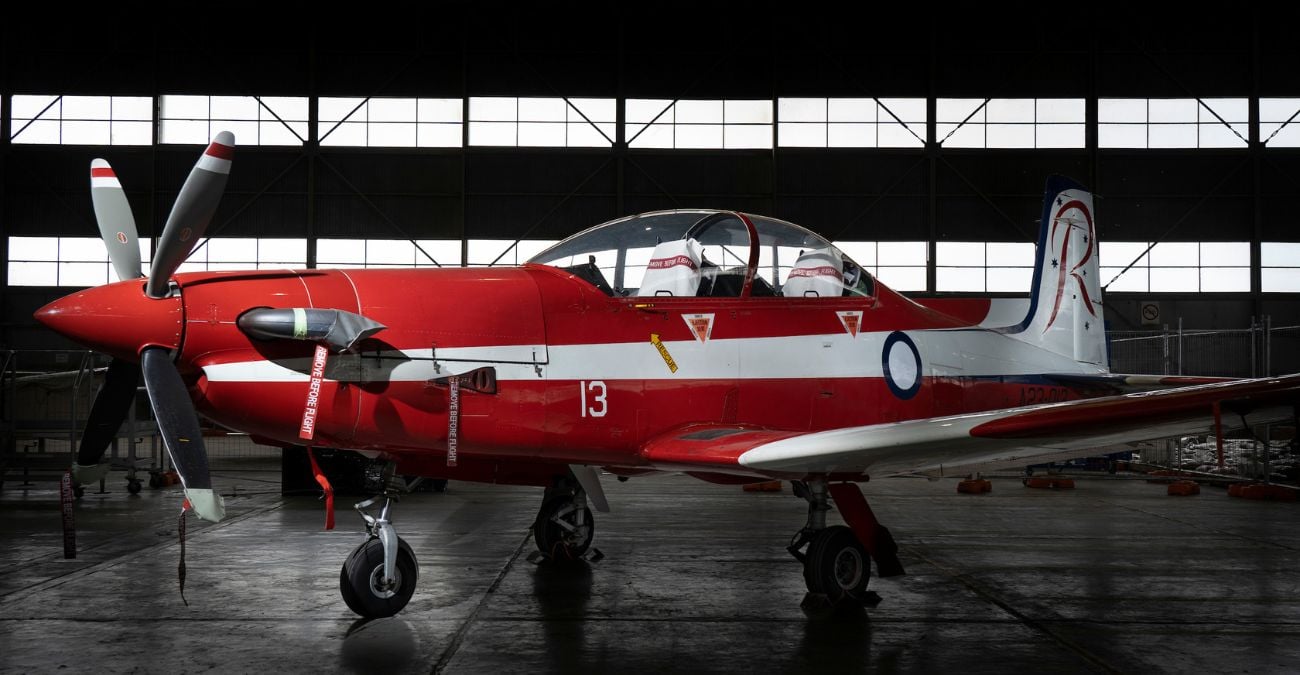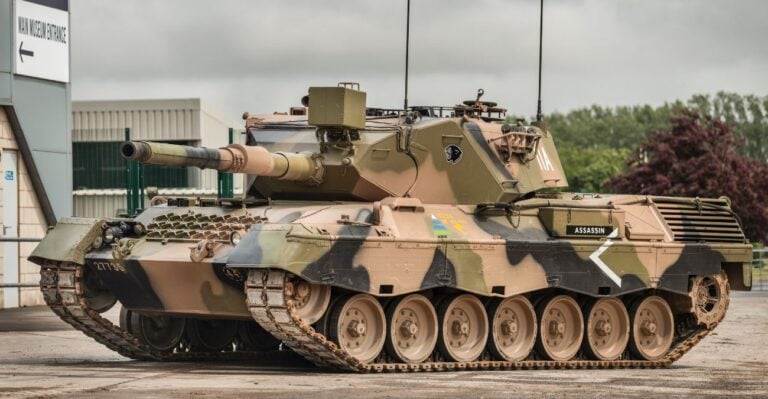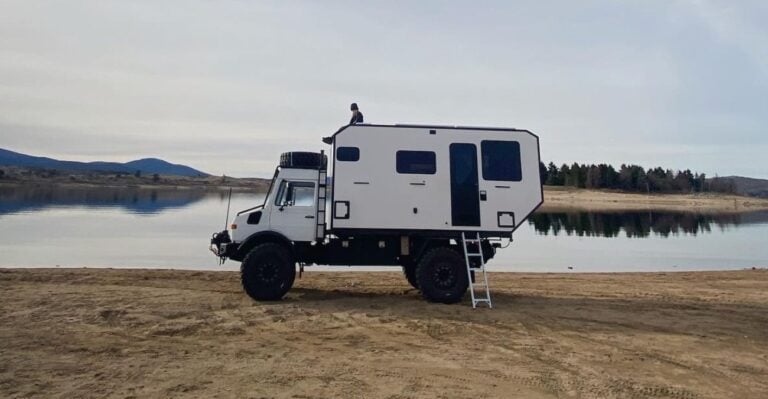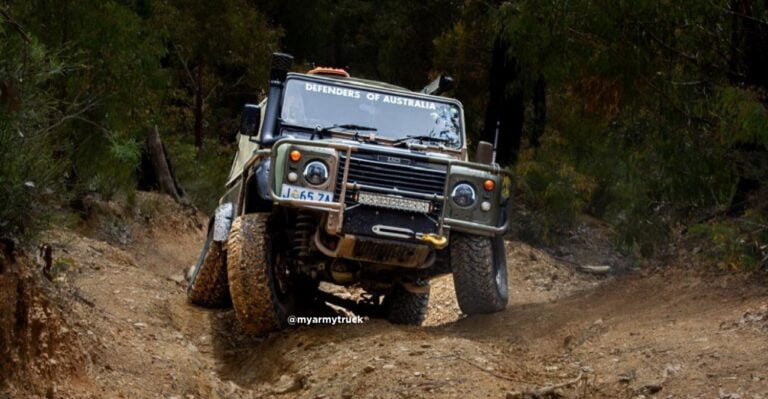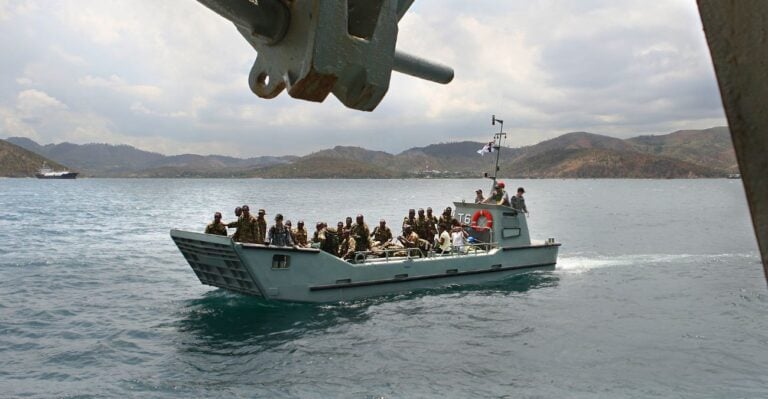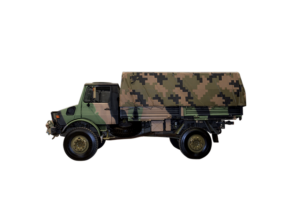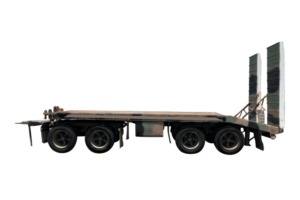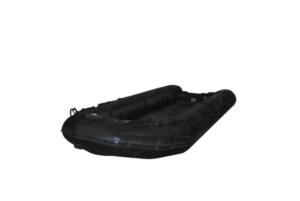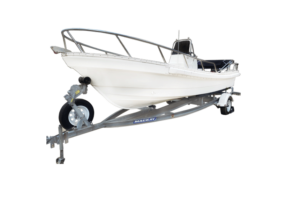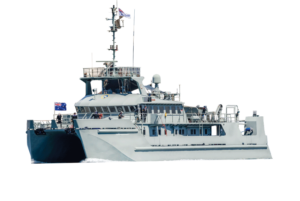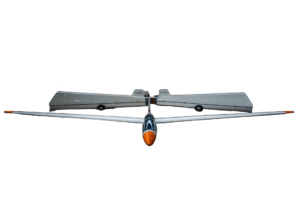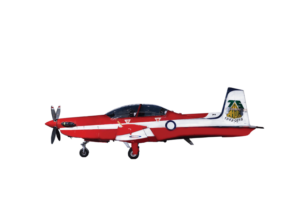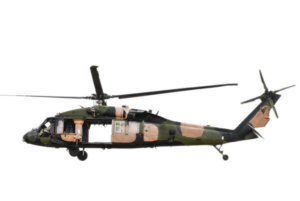Swiss producer Pilatus was established in 1939 at Buochs Airport, Stans, Switzerland. Today, Pilatus is jointly owned by Pilatus and Canton Nidwalden. The business began delivering the SB-2 Pelikan, trailed by the P-2 and P-3, for the Swiss Air Force. The PC-7 single-motor, low-wing, pair-seat mentor was created from the PC-3 and joined a turboprop motor. This was utilised for pilot training with the Swiss Air Force and Swissair.
The PC-9 was planned as an all the more remarkable variant of the PC-7. The PC-9’s first flight was made in May 1984, after which common accreditation was accomplished in September 1985. Over 250 airframes have been delivered worldwide, and the class is utilised by 12 militaries and a few regular citizen administrators, including the Swiss Air Force, the Royal Australian Air Force, and the Royal Thai Air Force. The original Pilatus aeroplane flown for the Royal Australian Air Force (RAAF) flew on 19 May 1987 under the Australian assignment PC-9/A.
Altogether, 67 two-seat PC-9/A trainers were created for the Royal Australian Air Force. Two finished aeroplanes were provided by Pilatus, and afterwards, 17 were built from unit kits, and a further 48 were worked under a permit in Australia by Hawker de Havilland.
SOME FAST FACTS ABOUT THE PC-9/A
Among different upgrades, the PC-9 boasts a bigger cockpit with stepped launch seats and a ventral airbrake. The PC-9 has a vacant load of 1,725kg (3,803 lbs) and a maximum departure weight of 3,200 kg (7,055 lbs). It is fueled by a single P&WC PT6A-62 turboprop engine producing 857 kW of intensity (1,149 shp), level evaluated to 708 kW (950 shp). This allows the aeroplane to accomplish a greatest speed of 320 knots (593 km, or 368 mph) and a range of 830 nm (1,537 km or 955 miles), with an endurance of 4.5 hours. Its stall speed is 77 knots, G-limits are – 3.5 to +7.0, and its service ceiling is 37,990ft (11,580 m). Departure distance (over 50ft obstacle sea level) is 1,280ft (391m) while landing distance (over 50ft obstacle sea level) is 2,295ft (700m).
Want to see the Aircraft?
Get the intel here so you can join Australian Frontline Machinery in Hangar 1 for Inspection Week during the March 2021 Aviation Auction.
